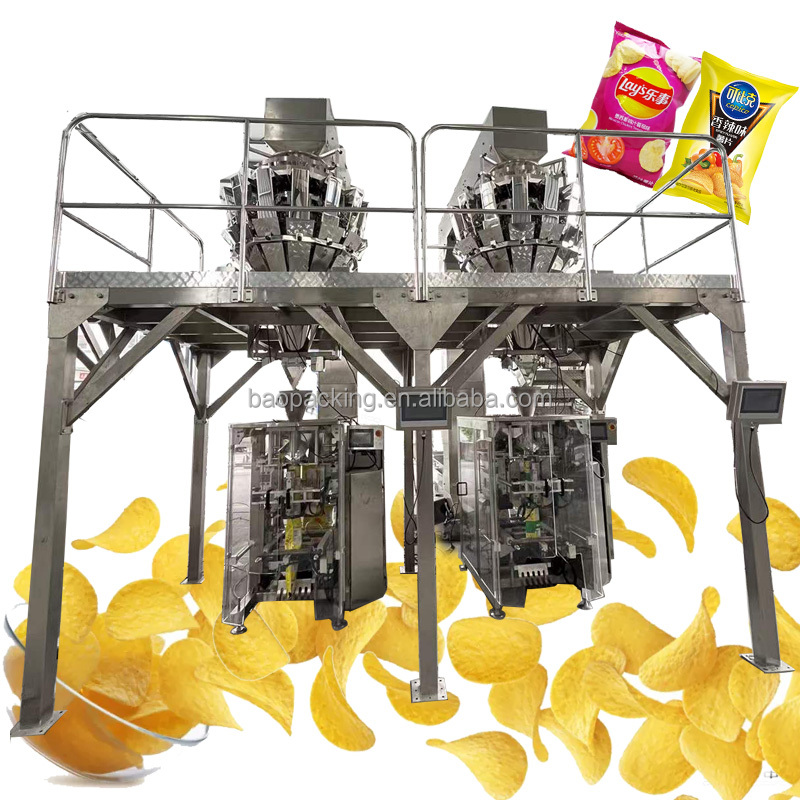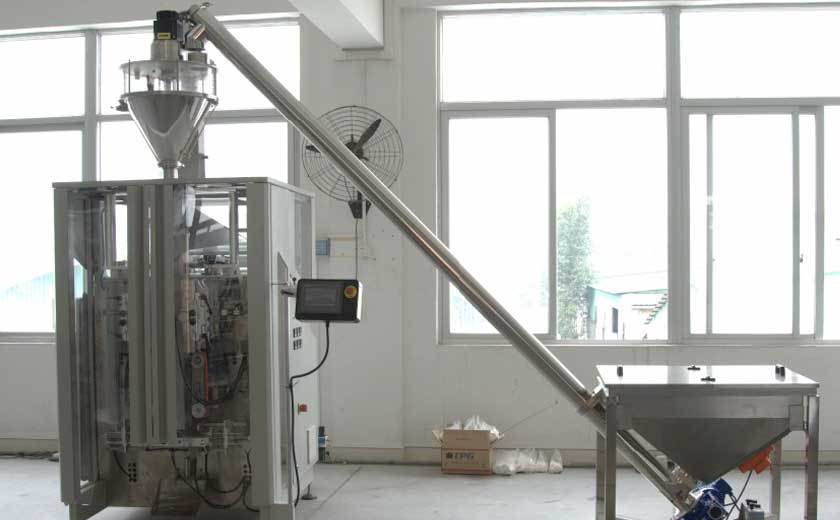The Impact of Automation on Vertical Wrapping Efficiency
Automation plays a crucial role in streamlining vertical wrapping operations, significantly impacting efficiency and overall productivity. This article will explore the multifaceted benefits of automation in this context, providing insights into how it enhances speed, accuracy, and cost-effectiveness.
Increased Production Speed
Automation significantly boosts vertical wrapping speed by eliminating manual processes and introducing advanced machinery. Automated systems can handle multiple packages simultaneously, operating at high speeds without compromising package integrity. This increased throughput enables manufacturers to meet higher production demands while minimizing lead times and maximizing output.
Improved Accuracy and Consistency
Automation ensures consistent and accurate wrapping, eliminating human error and reducing the risk of product damage. Advanced sensors and vision systems ensure precise alignment and tensioning, ensuring that packages meet exact specifications. Automated systems also eliminate variations in wrapping pressure, resulting in uniform and visually appealing packages.
Reduced Labor Costs
Automation dramatically reduces the need for manual labor, leading to significant cost savings. Automated systems perform tasks that were once done by multiple operators, freeing up human resources for more value-added activities. Additionally, automation eliminates the costs associated with breaks, training, and employee turnover.
Enhanced Flexibility and Adaptability
Automated vertical wrapping systems offer flexibility and adaptability to meet varying production requirements. They can quickly switch between different packaging sizes, shapes, and materials, allowing for efficient production of a wide range of products. This versatility enables manufacturers to respond swiftly to changing market demands and minimize downtime.
Improved Safety
Automation enhances safety in the vertical wrapping process. Automated systems eliminate the need for operators to handle heavy or sharp objects, reducing the risk of accidents and injuries. Advanced safety features, such as emergency stop buttons and sensors, further enhance protection for personnel and equipment.
Reduced Waste and Environmental Impact
Automation contributes to sustainability by reducing waste and environmental impact. Automated systems optimize material usage by calculating the precise amount of packaging material required for each package. They also minimize the risk of overwrapping, reducing material consumption and waste. Additionally, automated systems can use environmentally friendly packaging materials, promoting sustainability.
Automation brings a host of benefits to vertical wrapping operations, resulting in increased production speed, improved accuracy and consistency, reduced labor costs, enhanced flexibility, improved safety, reduced waste, and environmental sustainability. These advantages empower manufacturers to streamline their operations, boost productivity, and stay competitive in today’s fast-paced market.
-
Overview of Packaging Machine Buying Guides
08-01-2024 -
How Does a Vertical Form Fill Seal Machine Work?
30-10-2023 -
Advancements in Auger Powder Filling Technology
27-10-2023 -
A Deep Dive into Automatic Packaging Machines
26-10-2023 -
The Revolutionary Fully Automatic Potato Chips Packaging Machine
20-09-2023 -
How to choose the right packaging machine?
23-08-2023 -
Reducing Waste And Maximizing Yield With Multihead Weigher Machines
15-03-2023 -
Nuts Packaging Machine for Dry Products Perservation
26-11-2022 -
Is Automated Biscuit Packaging Machine Better Than Manual Opeartion?
25-11-2022













